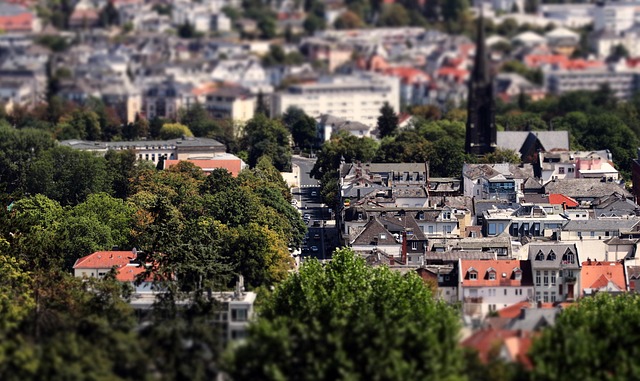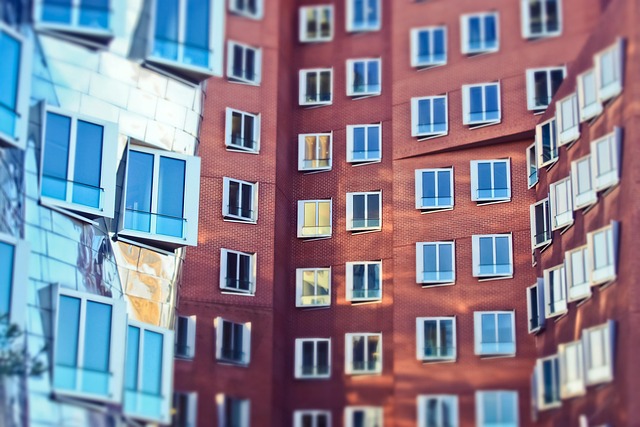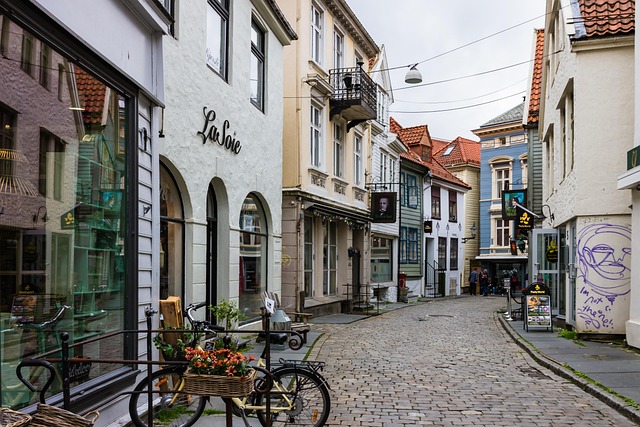Infill projects are urban real estate strategies transforming older neighborhoods through integrated residential, commercial, and mixed-use developments. They revitalize areas, boost local economies, enhance walkability, and improve property values while addressing urban sprawl. Successful implementation requires community engagement, sustainable practices, and strategic planning, with developers playing a key role in revitalizing locations and ensuring long-term benefits for both real estate markets and communities.
Infill projects are transforming older urban neighborhoods, revitalizing areas that were once overlooked. By strategically integrating new developments within existing communities, these projects bring vibrancy back to cities. This article explores the multifaceted impact of infill initiatives on real estate markets and communities. We delve into successful implementation strategies and methods for assessing their influence, underscoring the key role they play in shaping urban landscapes and boosting local economies.
The Role of Infill Projects in Revitalizing Urban Areas

Infill projects play a pivotal role in the regeneration and revitalization of urban areas, especially in older neighborhoods that have experienced demographic shifts or economic downturns. These real estate initiatives focus on maximizing existing urban spaces by strategically inserting new developments, often combining residential, commercial, and mixed-use components. By doing so, they breathe new life into once-neglected areas, creating vibrant communities with improved infrastructure and amenities.
The benefits of infill projects extend beyond aesthetic revitalization. They help to increase foot traffic, stimulate local economies, and enhance property values, making them a powerful tool in urban planning. In the context of real estate, these projects offer innovative solutions to space optimization, addressing urban sprawl concerns while fostering sustainable growth. This approach not only conserves green spaces but also promotes walkability and a sense of community, ultimately improving the quality of life for residents.
Benefits for Real Estate Markets and Communities

Infill projects offer a myriad of benefits for both real estate markets and communities. By revitalizing older neighborhoods, these developments bring new life and energy to areas that may have been neglected or underutilized. This can lead to increased property values, as improved infrastructure and amenities attract buyers and renters looking for quality living spaces.
Moreover, infill projects contribute to the overall health of local real estate markets by expanding housing inventory, providing options for diverse buyer demographics, and fostering economic growth. Community-oriented features such as updated parks, improved public spaces, and better access to transportation can enhance the quality of life, making these neighborhoods more desirable and sustainable in the long term.
Strategies for Successful Implementation and Impact Assessment

The successful implementation of infill projects requires a strategic approach, focusing on both the physical transformation and community engagement. Real estate developers play a pivotal role in revitalizing older neighborhoods by adopting sustainable practices and considering the unique character of each location. One key strategy is to involve local stakeholders, including residents, business owners, and community groups, throughout the planning process. This collaborative approach ensures that the infill project aligns with the desires and needs of the existing community.
Impact assessment is another critical aspect, measuring both the economic and social benefits. By evaluating factors such as job creation, improved infrastructure, and enhanced property values, developers can demonstrate the positive effects of their projects. Additionally, assessing the environmental impact, including energy efficiency and waste reduction, further showcases the sustainability and long-term viability of infill developments in real estate.






